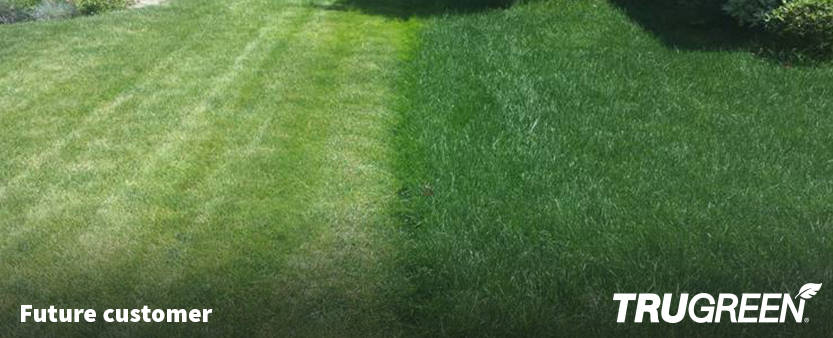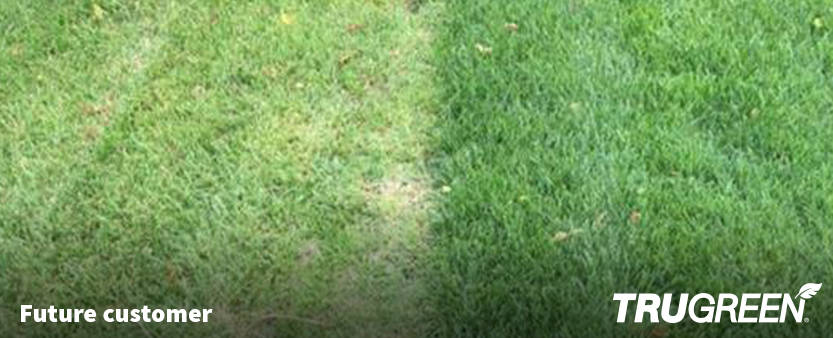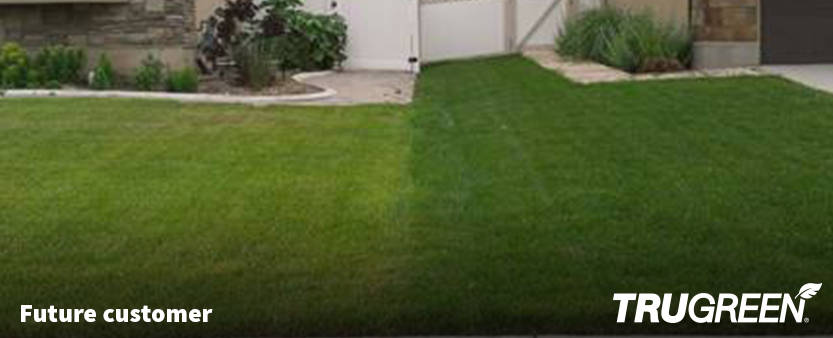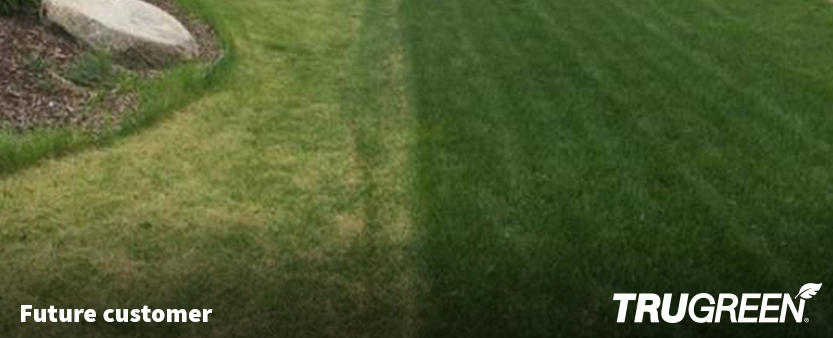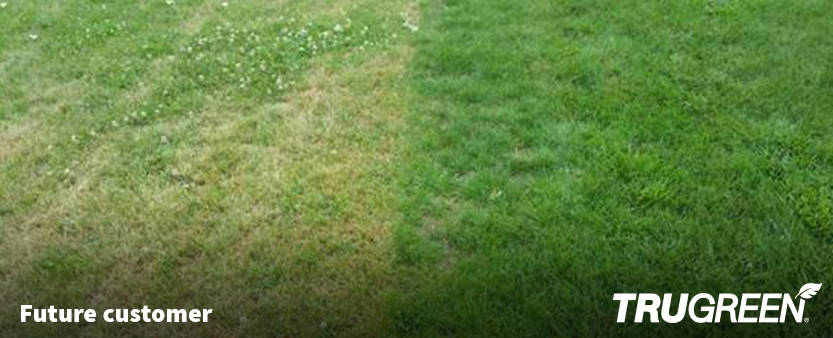
Save 50% on Expert Lawn Care* Save Now

Call to get started! 1-844-567-9909
Call to get started! 1-844-567-9909
A healthy outdoor living space made easy
-
Tailored Solutions
TruGreen offers tailored solutions to meet the needs of your unique outdoor living space, every season of the year, no matter where you live
-
Professionally Trained Experts
TruGreen has a team of professionally trained experts and specialists to ensure every service is performed the right way with the right product and equipment at the right time to maximize effectiveness
-
Guaranteed Results
Our TruGreen Guarantee assures we will gladly visit your property as needed between scheduled visits to ensure your satisfaction ◆
See the TruGreen difference

Get rewarded for
loving your lawn
loving your lawn
Bring on the savings!
You love your lawn and it’s time you get rewarded for it. Join TruGreen Rewards for free
to start earning points that you can turn into discounts on future TruGreen services.
As a TruGreen Rewards member, you're earning points with every purchase.
Check out all of the other ways you can earn points to get closer to your next reward.
Learning Center
Growing the next generation of scientific leaders
We are proud to partner with First Tee to provide scholarships and professional development opportunities to deserving students pursuing careers in agronomy, plant science and other science-based professions.

Yes
Need Help? Call 18445679909
Need Help? Chat with us

